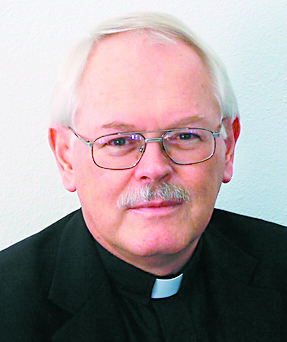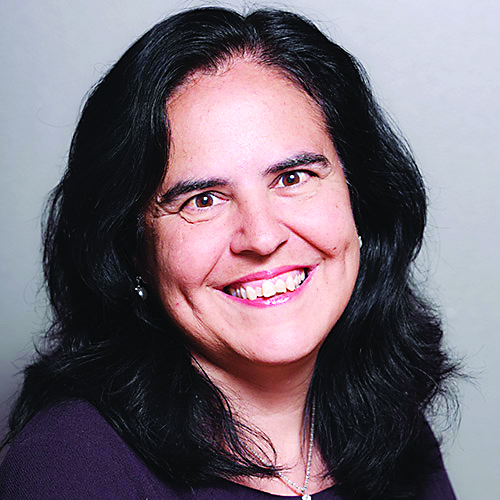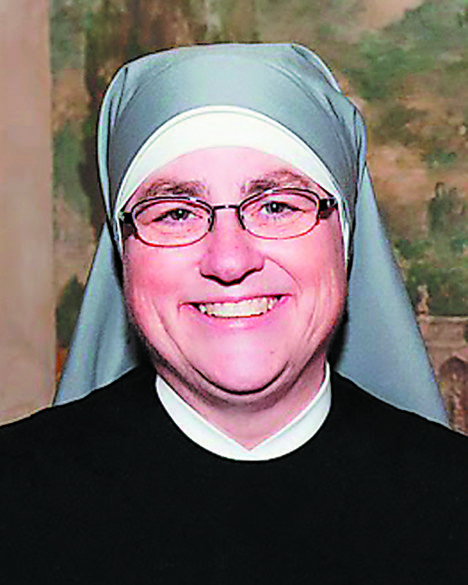Por Padre Roberto Mena ST
JACKSON – Hermanas y hermanos:
“Maria ha escogido la mejor parte,” Lucas 10, 38-42
Si hay algún modelo perfecto de cómo podemos acoger a Jesús, lo encontramos en la escena de Marta y María. Marta se esmera en servir a Jesús, mientras María, sentada delante de él, le hace compañía, le da conversación, le escucha y se muestra receptiva a su mensaje. Ambas hermanas aportan los elementos de una buena acogida a Jesús: Marta, el servicio amoroso y María, la apertura del corazón.
- Marta es activa: Se ocupa en un trabajo que efectivamente hay que hacer. Pero sus afanes de orden, no la dejan ver el rostro de su huésped. Quizá está acostumbrada a que Cristo venga a su casa y su presencia ya no le dice lo mismo que el primer día.
A nosotros nos puede ocurrir con frecuencia; vivimos muy pendientes de las cosas: la diversión, los caprichos, las ilusiones, la atención a los demás. Tenemos tiempo para todo y no sabemos estar con nosotros mismos; buscamos las satisfacciones exteriores y somos incapaces de disfrutar de la paz interior. Ocupados en el afán de tener, de mejorar nuestra posición, de hacer cosas, perdemos la armonía interior, la paz del espíritu, el silencio creador. - María es contemplativa: Prefiere estar al lado de Cristo escuchándolo, haciéndolo descansar. Estaba tan feliz que no se le pasó por la mente preparar la mesa. Ella había elegido la mejor parte: estar con el huésped conocido, pero único y especial; lo atendería como si fuera el primer día. La mesa y la comida la tenía todos los días, pero a Cristo lo tenía hoy. Así debería ser nuestra actitud ante Jesús que nos visita amorosamente: acoger su presencia por la fe, la confianza y el amor. Después, recibir su mensaje, hacer caso de su palabra, asimilar los valores que él nos propone.
- Estar con Cristo es lo que vale la pena escoger: Cristo nos deja una enseñanza. En nuestra vida hay muchas cosas importantes, muchos deberes qué cumplir, pero tenemos que elegir la mejor parte: permanecer con Cristo. Nunca nos arrepentiremos de esta elección. No nos acostumbremos como Marta a tener a Cristo en la casa y ocuparnos demasiado en nuestras cosas olvidándonos de él. La fuente de nuestra felicidad es él. Y permanecer con él debe ser nuestra tarea.
Seamos como María que escucha atenta la palabra de Dios, la medita en su corazón, aprende a mirar las cosas desde el punto de vista de la eternidad. Al mismo tiempo seamos como Marta diligentes, serviciales, generosos y alegres. Es necesario tener el corazón de María y las manos de Marta. ¿Por qué no intentamos convertir la celebración del domingo en un espacio semanal de escucha y acogida como Marta y María?








